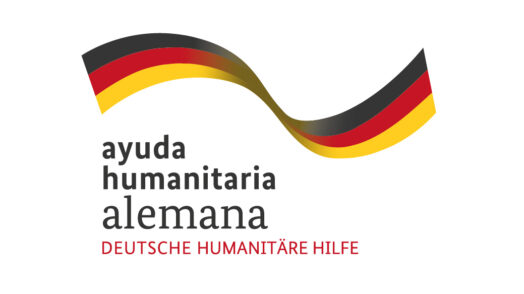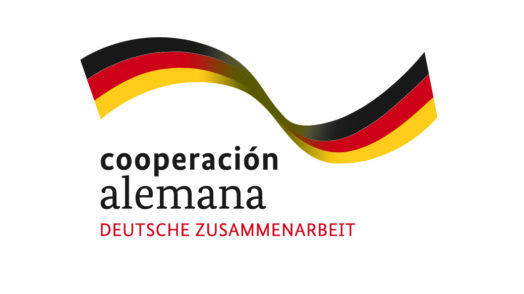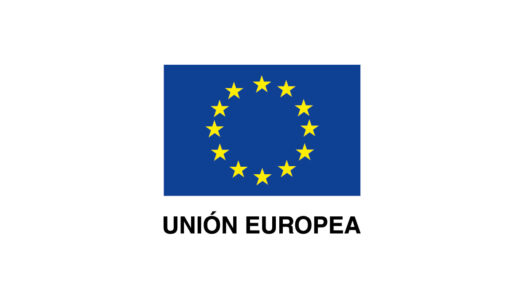Right to a self-determined and dignified life by strengthening the prospects of permanence in the country.
Map of the areas of intervention:
The Northern Triangle of Central America, including the territories of El Salvador, Guatemala and Honduras, is heavily affected by the migration of its population. In recent years, in particular, there has been a sharp increase in the number of migrant populations and, consequently, also in the number of internally displaced persons and asylum seekers. The lack of prospects of staying in the region is identified as the main cause of migration. The problem is based, among others, on high levels of violence, the population's perception of insecurity, limited employment opportunities, social inequality, the effects of climate change, food insecurity, and weak state and government structures. In light of this situation, the project contributes to reducing the structural causes of migration in the tri-national border region of Guatemala, Honduras and El Salvador. To this end, the project strengthens institutional structures, raises awareness, and builds the technical capacity of local authorities and other key actors in the area of migration and the formulation, planning and implementation of public policies for inclusive development. In addition, the project creates opportunities and support systems for vocational training and business creation. Special attention is given to youth and women. At the same time, the project aims to disseminate and strengthen a culture of peace in the project communities.
Project target group
- 620 users of Municipal Employment Offices
- 485 young people in Employment Schools
- 120 people estimated to be supported in their businesses
- 1,150 personas participando en ferias vocacionales y comerciales
- 350 recipients of remittances for productive uses
- 70,000 personas, habitantes estimados de los municipios que recibirán el sello de municipio protector
- 3,000 participants in cultural activities to promote the roots and culture of peace
Stakeholders:
Employees, officers and members of:
- Municipalities
- Regional associations (tri-national)
- Economic institutions (INSAFORP, INFOP, INTECAP, etc.)
- Regional inter-governmental agencies (SICA)
- Local and international civil society organizations / NGOs (CONMIGRANTES, RROCM, CLAMOR, RRCM, UNHCR, IOM, etc.).
Intervention logic:
Impact:
Contribute to the reduction of migration through the creation of new prospects for permanence and future prospects for a self-determined and dignified life for potential migrants, refugees and asylum seekers in the NTCA.
General Outcome:
The structural causes of migration have been reduced, favoring local development, job creation and conditions of protection and roots for potential migrants in the municipalities served in the Guatemala-Honduras-El Salvador Trifinio region.
Outcomes:
- Outcome #1: The population of the cross-border area, through capacity building of local governments and civil society, has strategies and actions for local development that integrate the perspective of rootedness and reduction of the causes of migration.
- Outcome #2: The potential migrant population has access to better job opportunities through economic promotion and job creation generated by building occupational skills, strengthening entrepreneurship and solidarity market models.
- Outcome #3: In the project region, the culture of peace and violence management has been strengthened through a model of protective municipalities and psychosocial support based on local culture.
- Outcome #4: The local partner organizations of the project improve their capacities for the management of international cooperation projects and their advocacy capacities on migration issues before governmental institutions and networks.
Value-added elements of the project:
- Multi-levels (local, regional ( tri-regional) and national)
- Multi-sectorial (capacity building of local stakeholders, generation of employment and training opportunities, creation of a culture of peace).
- Multi-stakeholder (civil society and authorities)
- Strong participatory and local reference character
- Pilot nature and multiplier effect (remittance pilot project, protective municipality model)
- Inclusive Approach (Active inclusion of people with disabilities)






